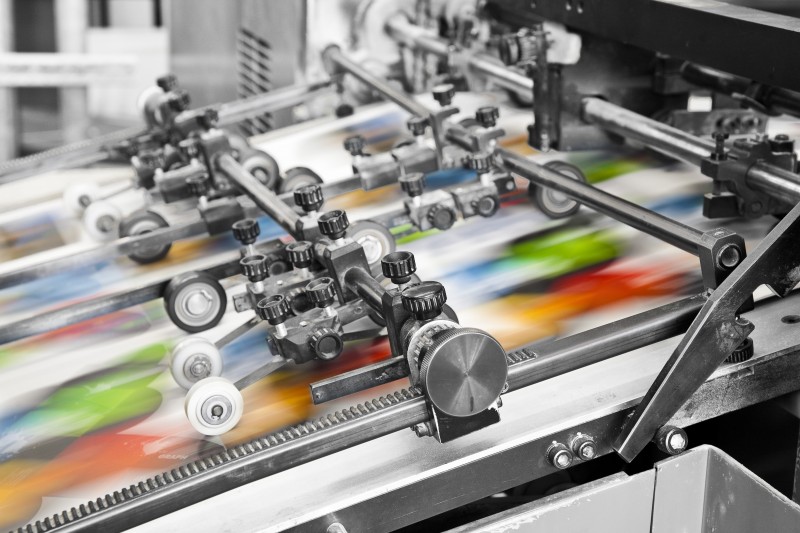Every company that has large amounts of products uses warehouses to store them. They are necessary storage facilities for manufacturers and retailers. Typically, they’re operated by a workforce who is needed to store, load and unload goods. A warehouse generates lots of waste materials during operations. Material waste is not the only problem which is produced by warehouse processes; other forms of dilapidation are also a factor.
Workers have been known to waste time, managers have been known to waste money and warehouses often become ineffective and disorganized when they are not properly controlled. One method which is commonly used to correct problems with dilapidation within a warehouse setting is known as lean warehousing. This is an effective process which helps to keep warehouses on track with their overall efficiency and profits.
What is of Lean Warehousing?
Lean warehousing is a process which cuts waste to ensure the best use of time and space. It is primarily designed to eliminate waste, improve workflow, boost transparency and visibility, and it is necessary for increasing profits.
Five S’s of Lean Warehousing
When an organization wants to use lean warehousing techniques, they should implement the five S’s which include:
•Sorting – Requires management to organize products effectively, so they can be easily stored and shipped.
•Setting – Setting products in order is necessary for management to define how products are going to be handled within a factory’s environment by a workforce.
•Shipping – Products need to be transported away from a factory. This part of warehousing is necessary for making a profit.
•Standardizing – The part of lean warehousing which is necessary for implementing a strategy for the overall management and operation of a warehouse.
•Sustaining – Removing waste and establishing protocols for dealing with how a warehouse uses its resources for completing a job.
Space Alteration
Lean warehousing also requires management to utilize the available space they have for products. They will have to create an effective plan for storing products and for constantly moving them to the market.
Lean Tools
Warehouses need material handling equipment and software systems to manage their products effectively. These tools should be in good condition, reliable and workers should know how to properly use and fix them.
Lean Consumables
Managers have to cut waste and learn how to manage their resources to the best of their ability if they want to be successful in their business. This means the packaging, fillers and disposable waste from the storing process must be efficiently controlled. It also means workers, and transporters can be effectively managed to maximize profits.
Lean warehouse techniques can be implemented by most facilities because it will save on operation costs. It will also help factories to become more efficient, profitable and more competitive operations. Having and maintaining a warehouse can cost a lot of time and money, outsourcing to professional warehouse and logistics companies like Elite OPS can often times be more cost-effective and helps your company to run more efficiently.








